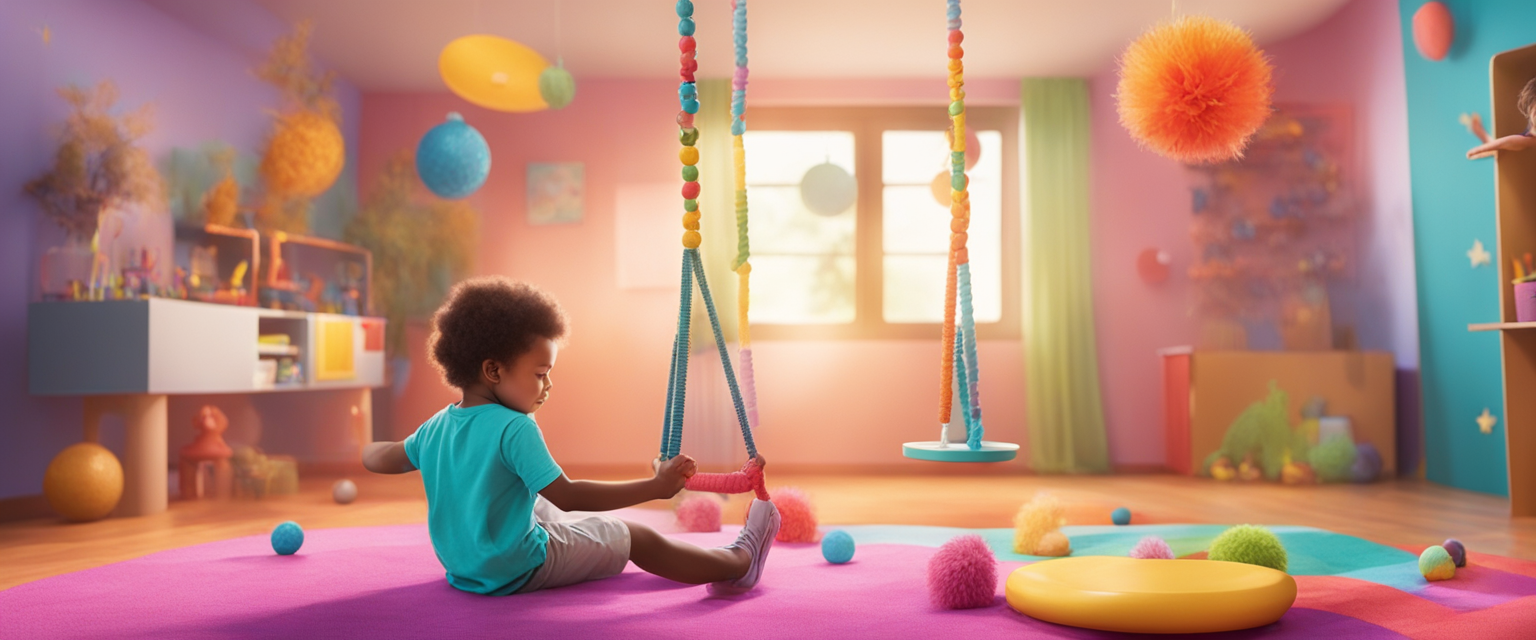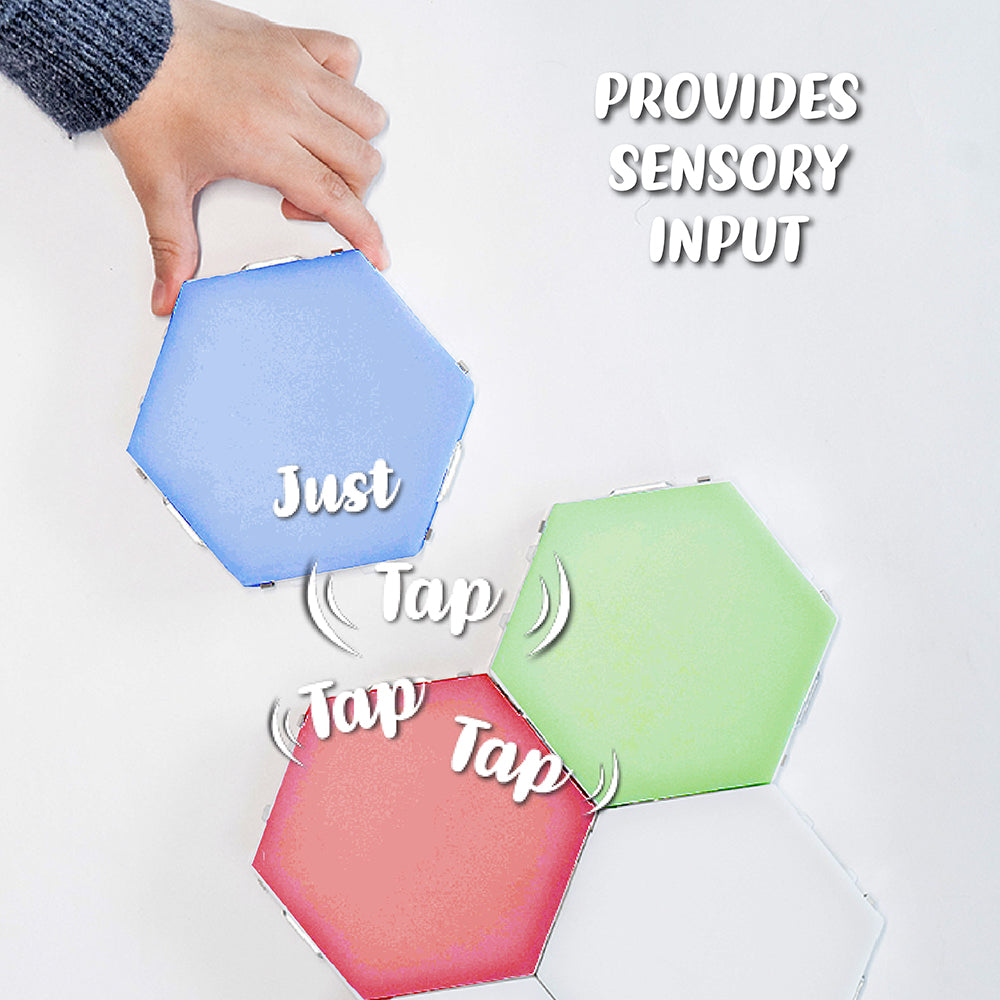
Understanding the unique sensory needs of children with autism is paramount to their development and daily functioning. Sensory regulation strategies, often referred to as a 'sensory diet,' consist of a carefully designed set of activities that provide the necessary sensory input to help these children stay focused, organized, and calm. These activities are not about food but rather about nourishing the child's sensory systems with the right kind of stimulation.
Children with autism often experience sensory processing challenges, which can make the world feel overwhelming or underwhelming. By incorporating tailored sensory diet activities into their routine, children can engage in meaningful play that not only brings joy but also serves a therapeutic purpose. These activities target various sensory systems, including proprioception (body awareness), vestibular (balance and movement), and tactile (touch).
For example, proprioceptive activities might involve pushing a stroller or cart, which provides resistance and helps the child understand their body's position in space. Vestibular activities could include swinging on a swing or trampolining, both of which can be calming for some children while providing the necessary movement for others. Tactile activities might involve drawing in sand or salt, which allows for creative expression and sensory exploration.
It's important to note that each child with autism is unique, and what works for one may not work for another. Activities such as dance, tumbling, walking, exercising, and swimming can all be part of a sensory diet and should be chosen based on the individual child's preferences and needs. The goal is to find a balance without causing overstimulation.
Implementing a sensory diet can be done at home, in therapy sessions, or even in the classroom. It's essential to work with a qualified occupational therapist who can assess the child's sensory needs and create a personalized plan. This plan might include scheduled activities throughout the day to help the child transition between tasks, improve attention, and reduce anxiety.
Commonly used sensory diet activities can include:
- Wheelbarrow walking
- Animal walks (e.g., bear walks, crab walking, frog jumps)
- Cycling or using a scooter
- Swings (forward and back, side to side, rotary)
- Rough and tumble play
- Deep pressure squishing or sandwiching with pillows or balls
When it comes to sensory diets, consistency is key. Regularly engaging in these activities can help children with autism to process sensory information more effectively, leading to improvements in their overall well-being.

Aside from the activities mentioned, there are also sensory tools and toys designed specifically for children with autism. These can range from textured balls and fidgets to weighted blankets and sensory swings.
Parents and caregivers can also create sensory-friendly environments at home by using soft lighting, calm colors, and minimizing clutter. Providing a safe space where children can retreat when they feel overwhelmed can make a significant difference in their ability to self-regulate.
It's also beneficial to involve children in the creation of their sensory diet. Allowing them to choose activities and tools gives them a sense of control and can increase their willingness to participate.
Remember, a sensory diet is not a one-size-fits-all solution. It requires patience, observation, and sometimes a bit of trial and error to find the right combination of activities and tools that work for each child. But with the right support and resources, children with autism can thrive and lead happy, fulfilling lives.
Embracing the journey of discovering what helps your child the most can be a rewarding experience. Celebrate the small victories and know that each step forward contributes to your child's ability to navigate their world with more confidence and joy.
For more insights and resources on sensory regulation strategies, visit the Bright Autism Blog or explore their collection of sensory tools. Together, we can create a nurturing environment that accommodates the sensory needs of children with autism, helping them to reach their full potential.









Leave a comment